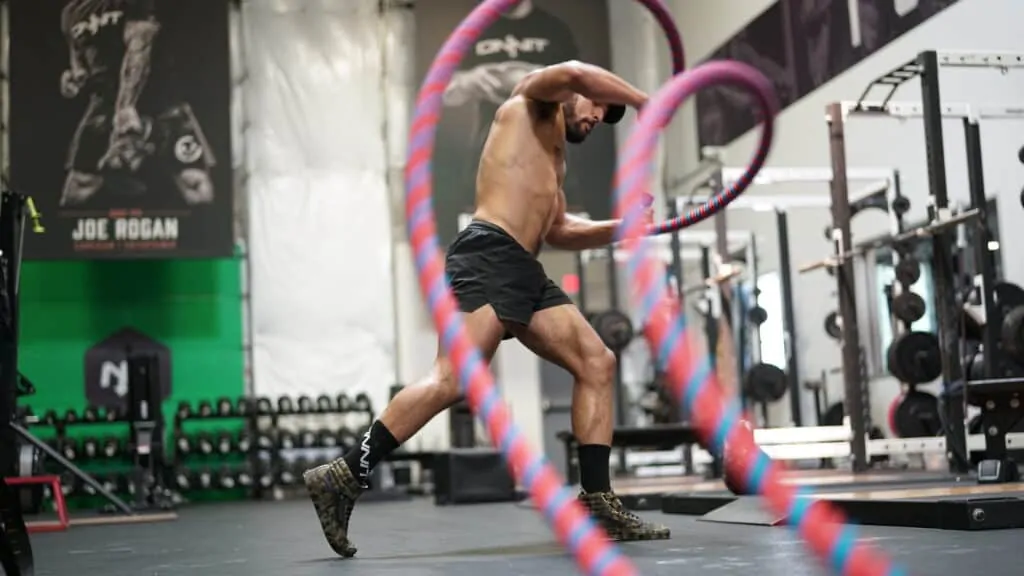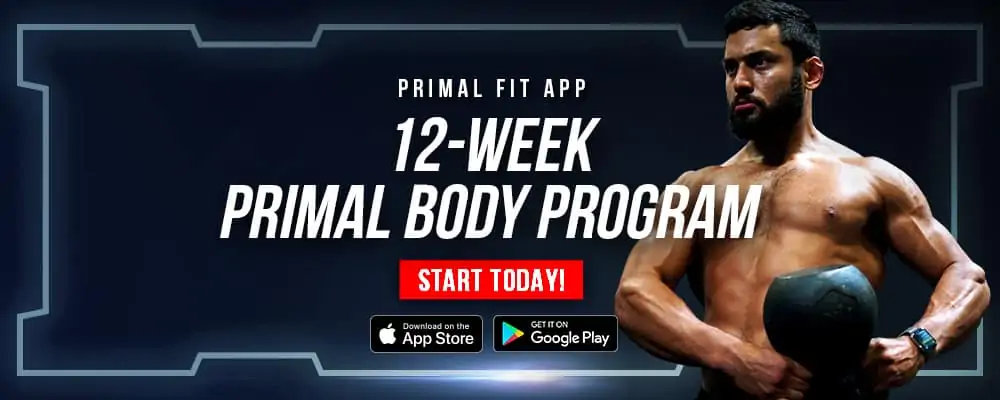
Cardio, cardio! Where art thou, cardio?
Well, we know where cardio is (waiting for you to get up and get on it!) … but a good question I get often is when is cardio? Before or after your strength session?
Here I’m breaking down the “when” of cardio, along with my personal cardio strategy.
First Things First: Type Of Cardio

“Cardio” is a broad statement nowadays. Instead of referring strictly to activities like jogging or aerobics, it can be referring to anything from interval circuit training to sprints to hiking!
At the end of the day however, cardio can be split into two forms, and it’s important to know which type your referring to in order to know when is the best time to do either.
These two types are: LISS (Low-Intensity, Steady-State Cardio) and HIIT (High-Intensity Interval Training).
LISS is what we reference when we think of long, steady cardio sessions, such as jogging on a treadmill or going for a long powerwalk or swim. HIIT refers to all interval-based exercises like sprints, which involve alternating periods of high-intensity cardio “bursts” and low-intensity recovery periods.
Lately, HIIT has overtaken the cardio scene due to it’s barrage of benefits, especially when it comes to fat loss. Studies show it not only helps you shred faster than standard cardio methods, but can also optimize your metabolism for fat burn and improve things like insulin sensitivity, which benefits your metabolic health over time.
For instance, one study found that when 10 seconds of “sprints” on an exercise bike were compared to 20-25 minutes of steady-state cardio, that sprints were better for improving endurance and power output.
However, the same study revealed that steady-state training was just as effective at improving VO2 max, or maximum oxygen consumption. This is important, because athletes with a higher VO2 max have better endurance than athletes with a lower VO2 max. And in turn, more endurance means you can apply more intensity and workout longer. This increases your work capacity which ultimately benefits everything from performance to growth and fat loss.
In addition, while HIIT can improve your performance in many ways, it is also extremely taxing on your central nervous system in a way that, say, jogging, isn’t. Which means you can’t necessarily kill an extremely intense HIIT workout everyday for “cardio” without burnout effects. LISS allows you to burn fat and increase power output without taxing your nervous system.
Now, many people will argue that HIIT has also been shown to increase your calorie burn even after you’ve finished your workout (a phenomenon known as “EPOC,” or excess post-oxygen consumption). While this is true, it isn’t as massive of a calorie burn one might assume.
Studies show that post-exercise calorie burn is roughly six to 15 percent, so if you burn 1,000 calories in a workout, you’d burn at most 150 extra calories from the EPOC … roughly a tablespoon of coconut oil. This doesn’t by any means discount HIIT’s effectiveness for fat loss and metabolic improvement, but also highlights that it isn’t necessarily an end-all, be-all when it comes to cardio.
Let’s go into my personal cardio strategy, where you’ll see both types at play and how they work in synergy.
Cardio: When Is The Best Time To Do It?
Because of the benefits of both HIIT and LISS, I incorporate each into my regime, which also means I do each at different times.
I personally do 30 to 60 minutes of LISS in the morning on strength training days, preferring to do my strength training sessions in the late afternoon. I do this mainly because I like to strength train later in the day to give my body more time to move before lifting heavy.
Now, can you strength train first and follow it with a LISS cardio session later? Absolutely. However, I don’t recommend lifting strength first thing in the morning. If you do, make sure you have a comprehensive warm up to make sure you prep your body for the lifts to prevent injury.
As for HIIT, most of my kettlebell, bodyweight, and other free-equipment-based workouts like those with ropes or the mace can be classified as HIIT. I recommend if you’re a beginner sticking to roughly 2-3 HIIT workouts a week, as they are intense and will require recovery. These should be done separately from your heavy lift days for maximum output.
To break this down:
• Consider 2-4 days of LISS (power walking, jogging) per week, before strength training (or after, as long as you warm up well before your strength session)
• Fasted LISS in the morning before breakfast can help with fat loss
• 2-3 sessions of HIIT per week
• 2-4 days of heavy lifting per week (can be on the same days as LISS)
Of course, your volume depends on whether you’re a beginner or more advanced, so adjust more or less according to your level.
The Bottom Line
• Hight-intensity interval training (HIIT) and Low-intensity steady-state (LISS) cardio are both effective forms are cardio
• HIIT is great for boosting metabolic adaptation and fat loss, yet is taking on the nervous system if done too often
• LISS can be done more often, to boost work capacity, than HIIT
• LISS can be done before or after a strength training session
• LISS helps burn fat and boost performance whether it is done in the morning or evening, but may have additional fat-burning benefits in the morning while fasted.
Looking for a complete program that will get you looking like a Greek God while moving like a Ninja? Check out my 12-Week Primal Body Program:
